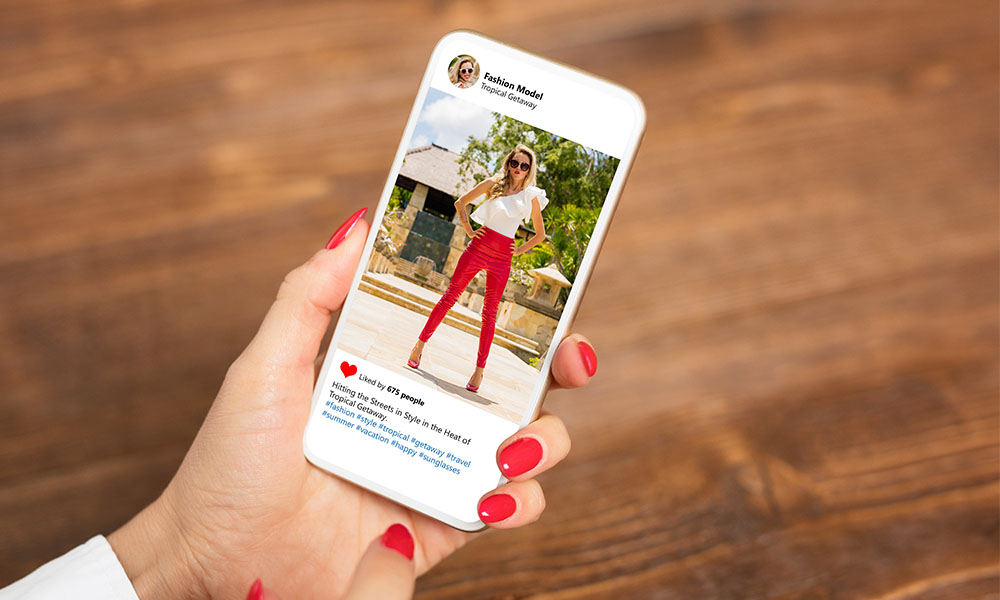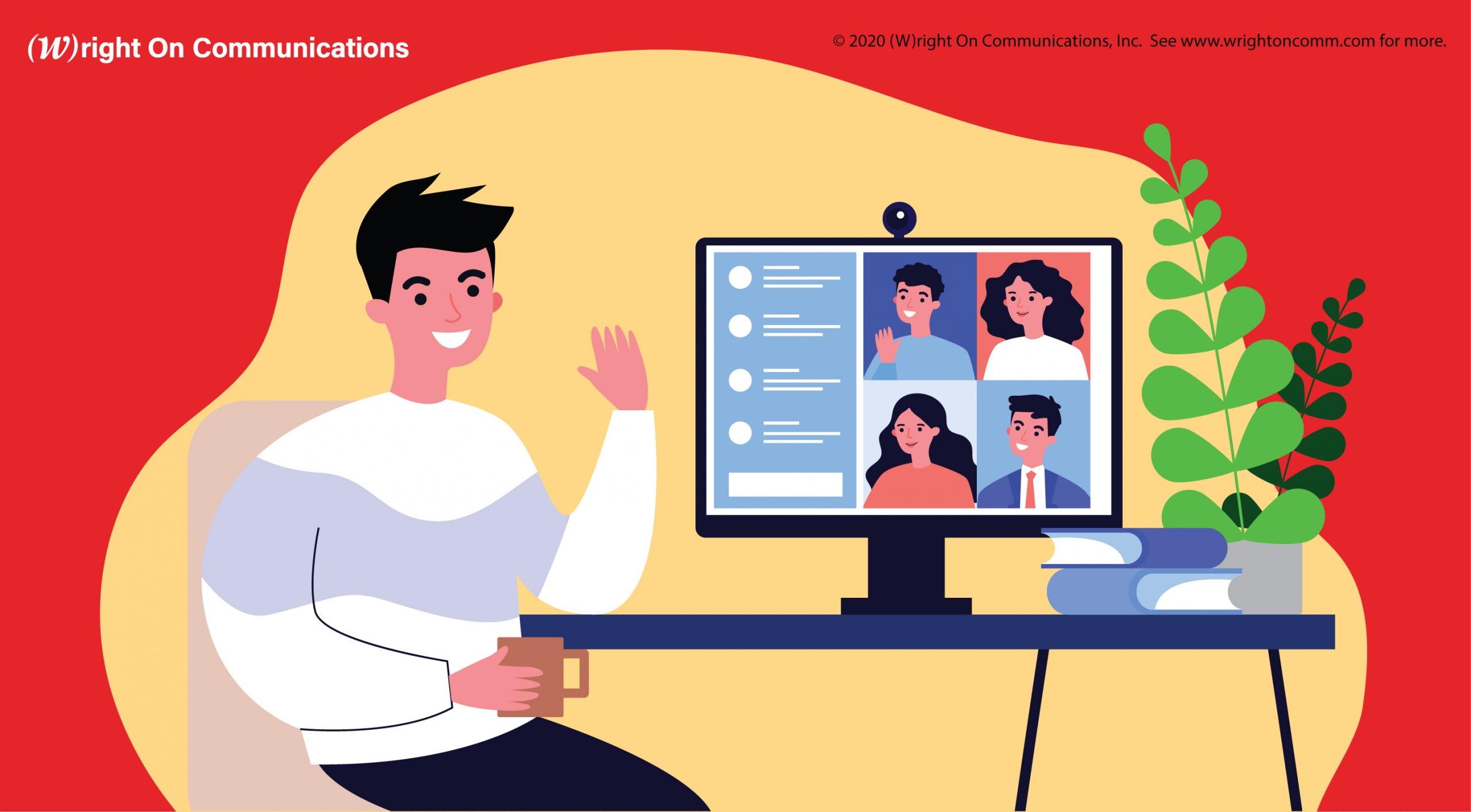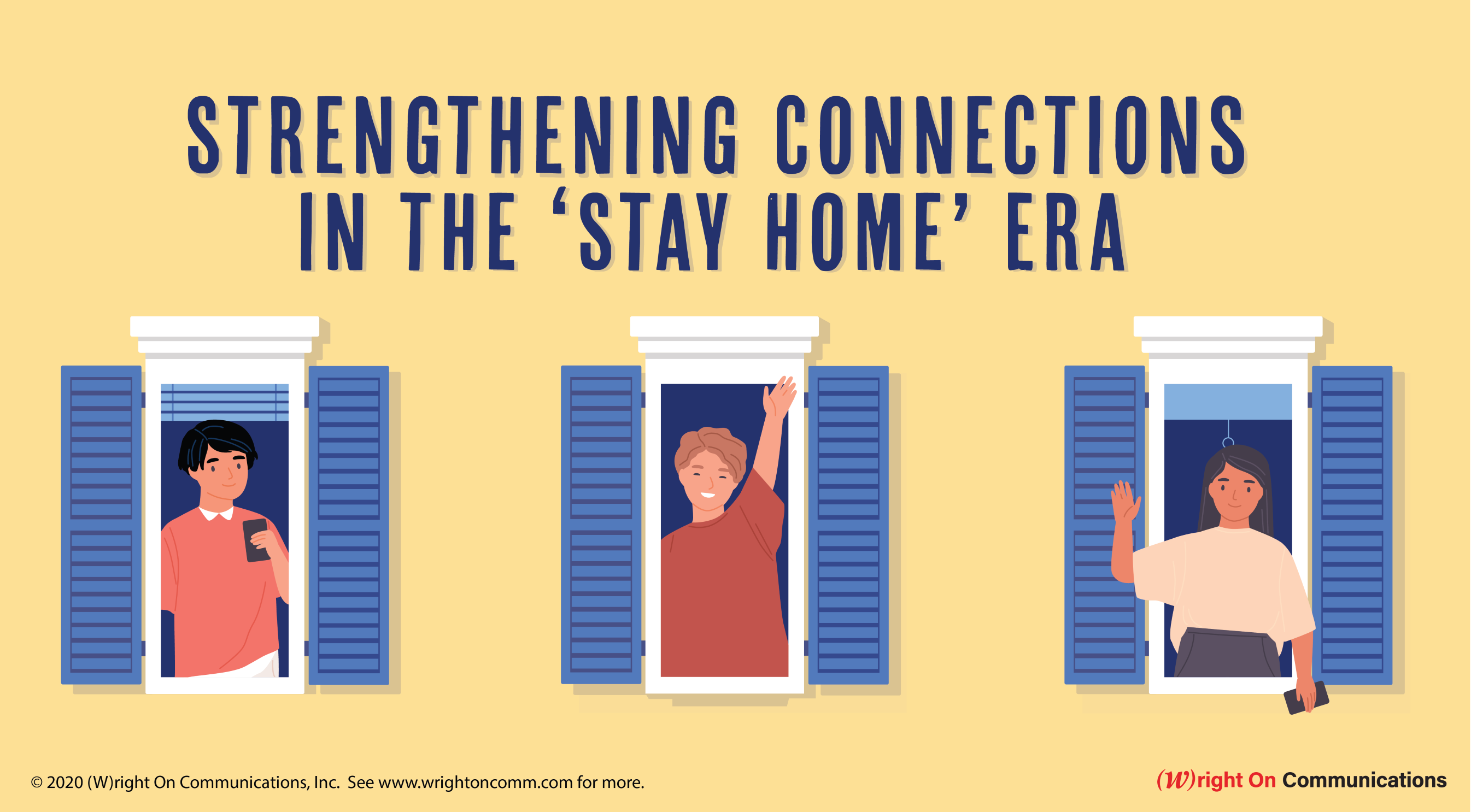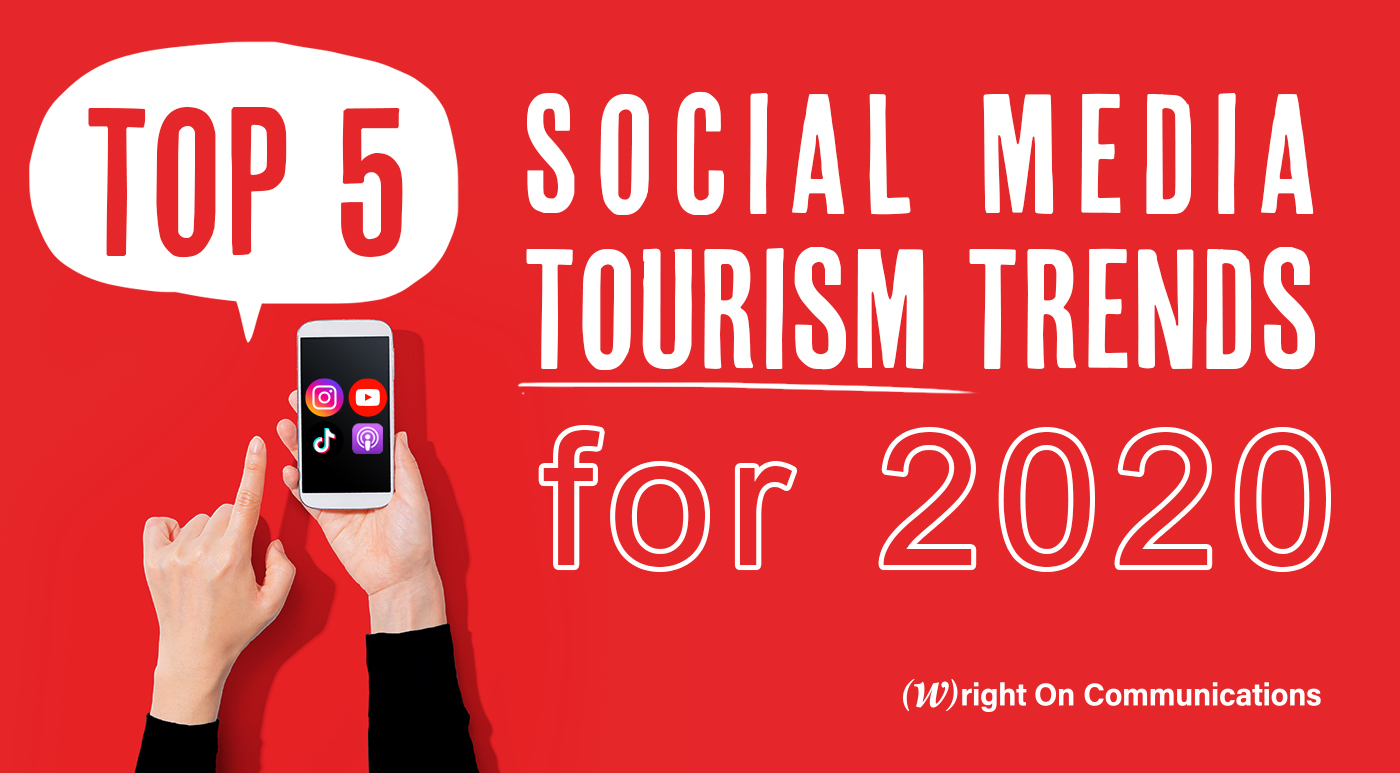Everyone has a personal brand, whether they work at cultivating it or not. It’s worth it to spend some time thinking about your own and how to be more intentional about crafting an authentic personal brand for your professional self.
I recently joined Henry DeVries, Forbes columnist, author and founder of Indie Books International, on his podcast to talk about personal branding, especially for people sharing their expertise as authors. But the advice applies to everyone at every stage of their careers.
Why Work at an Authentic Personal Brand?
Crafting an authentic personal brand can help advance your career and professional goals, build your business and expand your network. Who doesn’t want that for themselves? There are a few key steps to success.
First is identifying your assets. Start with your product and service or its features and benefits. The point is to make sure your brand is marketable. Next, think about your most unique characteristics. What is it that your family, friends and coworkers say about you? What are your natural or standout characteristics?
The idea here is to differentiate yourself from others by emphasizing the things that really make you who you are. Maybe you’re boisterous and irreverent or especially thoughtful and kind.
Whatever your unique identifiers are, they must connect with your target audience on an emotional level. If they don’t, it’s not really a brand. A brand has to evoke a feeling in others and that’s what you’re aspiring to do by cultivating yours.
Your Personal Brand is an Exaggerated Version of Who You Really Are
The secret behind the most powerful personal brands on the planet is the emotional connection the make. You can get there, but you need to be willing to take your special, authentic characteristics and turn them up to ‘11.’
Consider some of the best-known personal brands: Howard Stern, Elon Musk, and Oprah Winfrey. What do you think of when you hear these names? And, most important, what do you feel?
- Stern is the totally outrageous yet neurotic shock jock. The outrageousness is his “it” factor. Combined with his vulnerability, he becomes relatable. It’s a magical combination, and totally authentic.
- Musk is the eccentric technology mogul. He’s taken the idea of disruptor to the extreme in his professional and personal life.
- Winfrey is the media powerhouse who’s famous for her extreme generosity as well as her down- to-earth persona, which works despite her fame and fortune.
When your brand is based on who you really are, it’s sustainable. Personal brands that are based on a fiction fail. Many a PR scandal has broken when someone’s personal brand has proven false.
An authentic personal brand can take a setback. Just look at style maven and homemaker extraordinaire Martha Stewart who came out of prison and teamed up with Snoop Dogg to resurrect her brand.
How Can You Make Your Personal Brand Stick?
So, you know what makes you stand out and how to maximize your personality capital. Now it’s time to come up with your origin story. Your parents might not have been gunned down in an alley and, to my knowledge, no one has ever been bitten by a radioactive spider but that doesn’t mean you don’t have a compelling story to tell. How did your core characteristic(s) evolve? What key events built the pillars of your personality? This is your opportunity to further develop your public persona into something that makes people want to turn the page.
Your origin story is something you need to tell again and again and on every media platform: earned, owned, shared and paid.
Earned media is when your story is told by others. This is the most credible source for your audience and the most valuable for building your brand. Owned media is when you tell the story. This includes your website, newsletter, webinars, video and other assets. This is where you have the most control over the narrative. Social media is how you engage people with your brand. It’s a great place to grow your audience and cultivate the vibe your story lends itself to. Paid media is the last, and least credible, platform but it has potential to reach the most people, depending on your budget, and the ability to target the audience that your message reaches with tremendous precision.
Proper use of the right media channels is the secret sauce of a successful marketing strategy.
Your Brand is Built Upon Your Behaviors
Lastly, think beyond marketing copy and brochures. Think about how people experience you. That’s a personal branding opportunity. Maybe it’s how you sign off your emails, how you greet people or what appears in your Zoom background. Simple things. Or it could be more lavish and require a financial investment like an annual fundraising event you host or the furniture and art in your lobby.
People’s beliefs are formed by their experiences. So, make sure that your behaviors are consistent with the brand you’re trying to cultivate. As a career public relations consultant, I assure you that walking the talk is the most important thing you can do to create and maintain your personal brand. As Warren Buffet famously said, it takes 20 years to build a reputation and five minutes to ruin it.
Build your reputation faster through personal brand activations. If that sounds like jargon, here are some examples of what I mean by that.
One of my professional colleagues has a strong personal brand. I would describe hers as an otherworldly passion for public relations and developing excellence in the next generation of communicators (good thing she’s an educator!) with a healthy dose of aloha spirit. One of the ways she consistently brings her personal brand to life is in her thank you notes. She never misses an opportunity to pen one when she feels someone has helped our her or her students. She also instills that as a best practice in her students. As a result, when she calls on her colleagues for help, we’re all absolutely willing to jump in because we know she appreciates anyone who takes a moment to share their passion with her, her program and her students or alumni.
Another example is a young student who graduated from her program, as a matter of fact. We met for an information interview, and I kept an eye on her career, noting that wherever she appeared online, she had a flower in her hair. It stuck with me and helped me to remember her. Now, when I describe the flower to anyone who has met this gal, they know exactly who I’m talking about! As someone just starting out, she didn’t necessarily have a calling card or a proven characteristic she knew was marketable, so she created one. Nice.
Crafting your authentic personal brand is a worthwhile exercise. While we can’t all take ours to the exaggerated extremes of the celebrity examples I mentioned, it does require dialing yourself up to 11 if you want to stand out from the pack.
ABOUT THE AUTHOR: Julie Wright is President of (W)right On Communications, Inc., the award-winning integrated strategic communications firm she founded in 1998. With offices in San Diego, Los Angeles, and Vancouver, B.C., her team handles complex communications challenges for B2B tech, cleantech and energy, healthcare, tourism and hospitality, not-for-profit and public sector organizations. Wright and her team elevate the agency experience through data-driven insights and measurable results for client partners.









 Grant Wright
Grant Wright






 Corie Fiebiger
Corie Fiebiger
 Shae Geary
Shae Geary Roman Lukjanenko
Roman Lukjanenko Phelan Riessen
Phelan Riessen Katrina Early
Katrina Early Hamish Marshall
Hamish Marshall